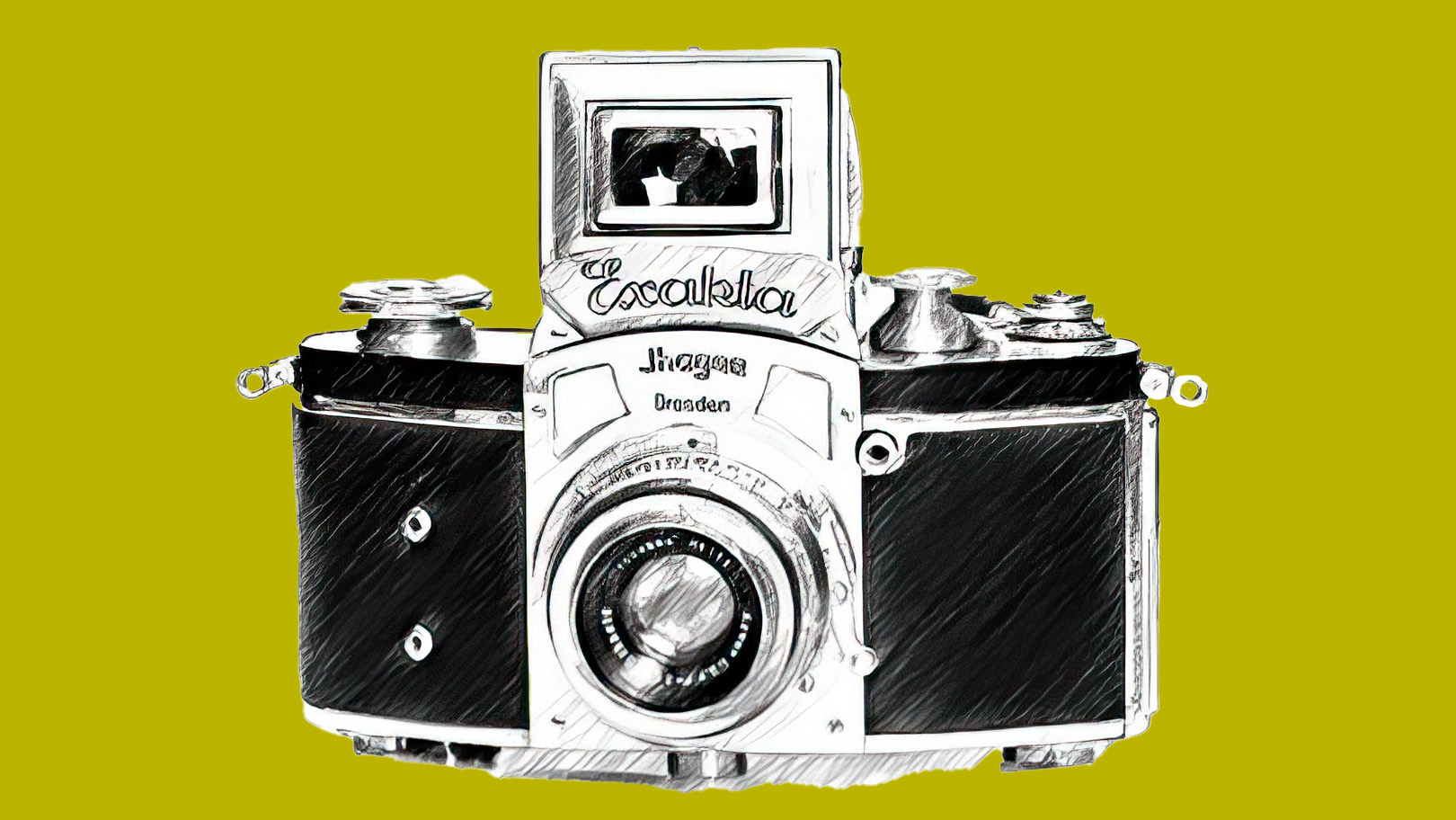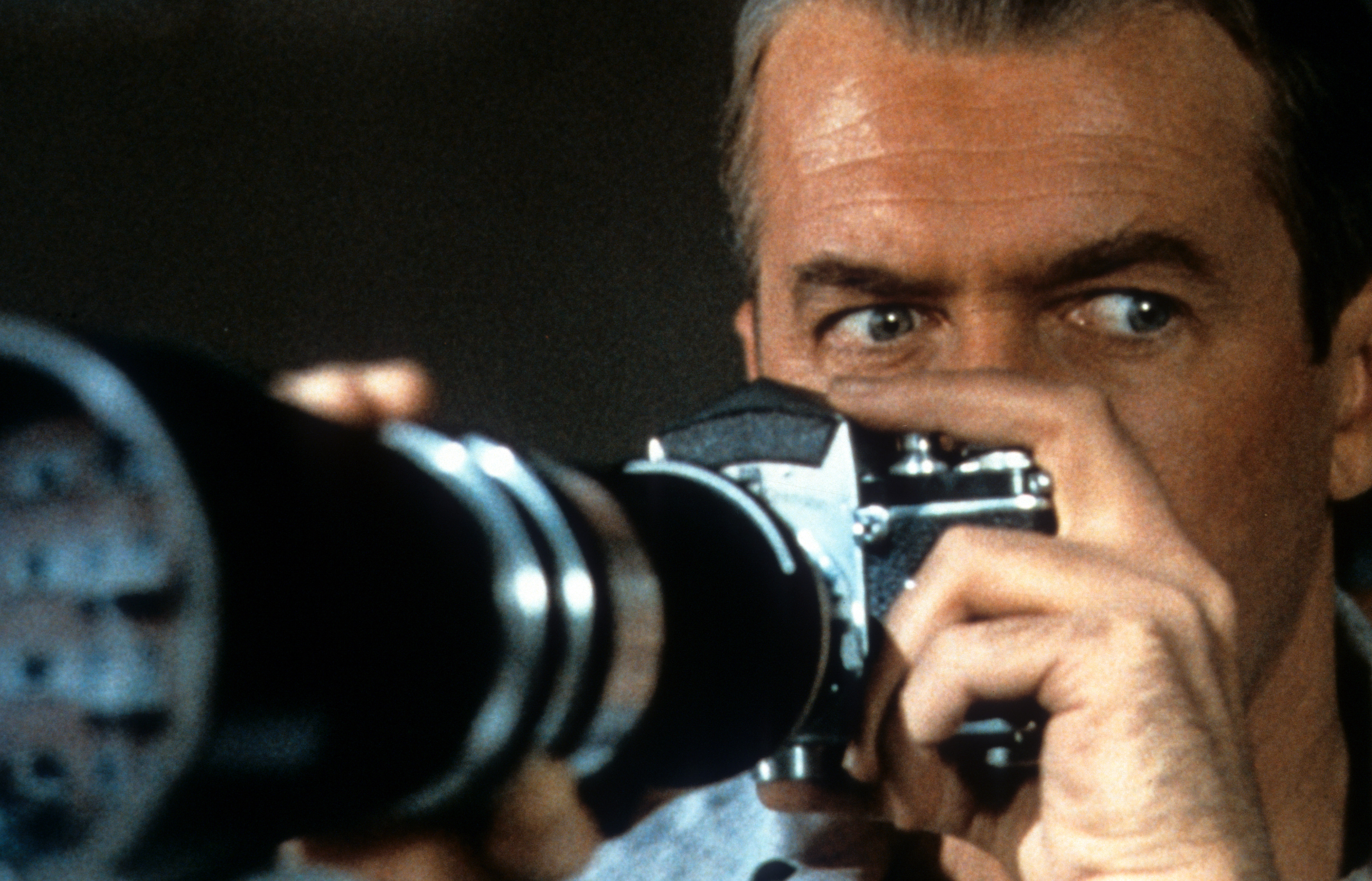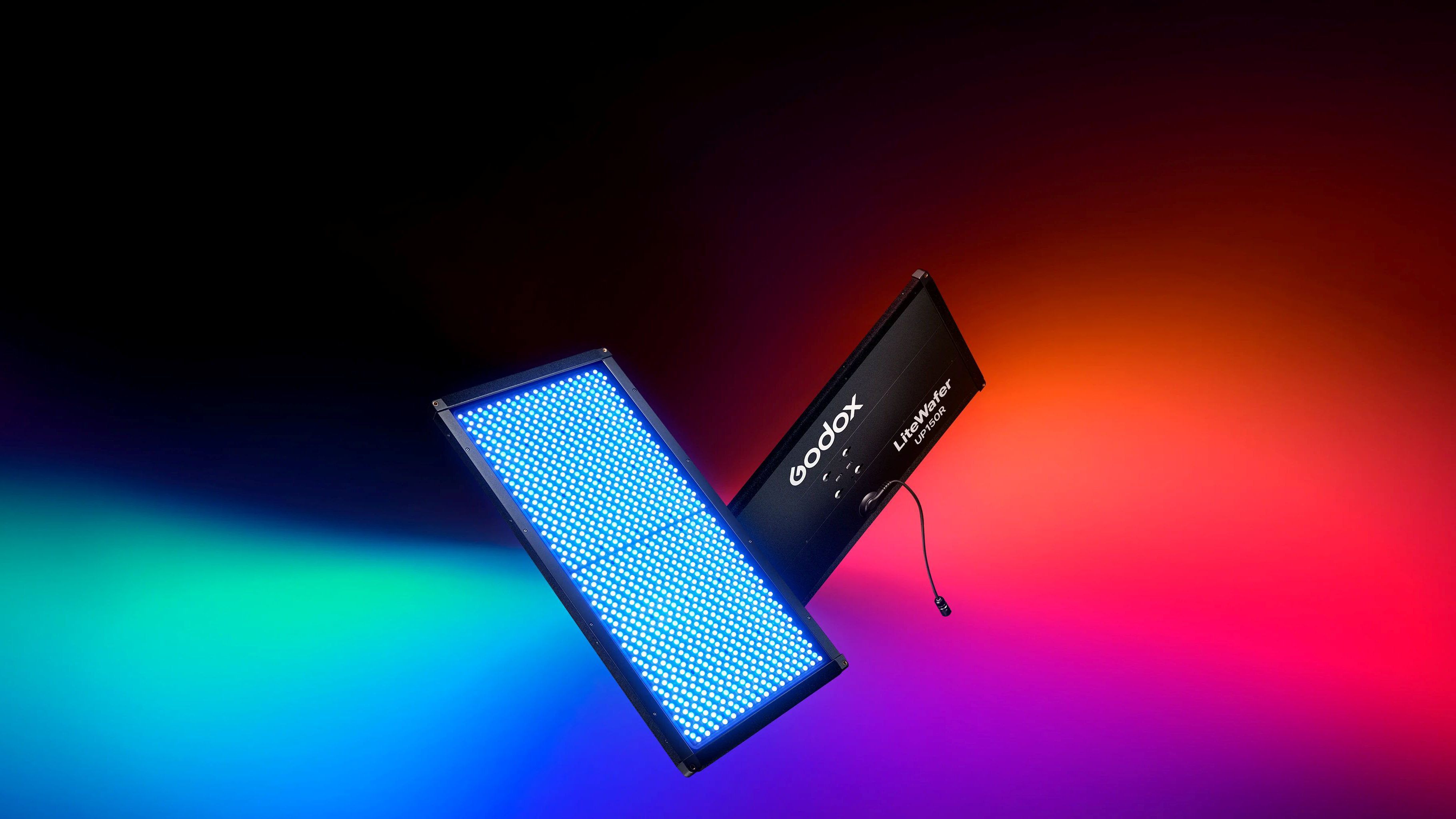Ihagee who? The long-forgotten camera company that brought us the first-ever 35mm SLR
Classic Cameras #8 - The Kine Exakta

Way, way back, in 1912, Johan Steenberg, a Dutchman, living in Dresden, Germany, started Ihagee to make cameras. His firm would become pivotal in the rise of SLRs. It all started in 1932 with the introduction of their ‘Roll-Paff Reflex, a simple box style, SLR which took twelve 6 x 6 photos on a roll of 120 film.
The company remained little known outside Europe until 1933, when they developed their Exakta VP (for Vest Pocket), a much smaller SLR with a waist-level finder which took eight 4 x 6.5 cm images on 127 Roll film. It was created by a brilliant young designer, Karl Nüchterlein, who was just 29 years old and it was a market success, The 1935 version was the first SLR to have flash synchronization for the newly-developed flashbulbs.
But Nüchterlein would truly shine the next year, when Ihagee introduced his Kine Exakta at the 1936 Leipzig Spring Fair. It was the world’s first 35mm SLR and while fairly crude by today’s standards, it was highly innovative with a unique, trapezoidal shape.
He pioneered the use of aluminum to save weight, and developed the first bayonet lens mount for an SLR. The “kine” refers to the 35mm cine film it used. It featured a folding waist-level finder, an odd, left-handed shutter release, the world’s first rapid film-wind lever (albeit on the left side), a 1/2 to 1/1000 second focal-plane shutter, and sported an array of high-quality interchangeable lenses.
Surprisingly, an Exakta with a modern pentaprism for eyelevel viewing did not appear until the Exakta Varex (Exakta V in the USA) of 1950.
Such was Nüchterlein’s brilliance that he designed and patented a TTL metering version of the Exakta in 1943, 20 years before Topcon’s RE-Super of 1963. Sadly, that camera would never be built, as Nüchterlein was drafted into the German Army during the Second World War and later declared “missing in action.”
Exakta stopped production in 1940. After the war, production resumed with various updated versions being made until 1969 when the brand was absorbed into Pentacon and then soon disappeared after some 800,000 cameras had been made.
The best camera deals, reviews, product advice, and unmissable photography news, direct to your inbox!
The Kine Exakta’s “big moment” came in Alfred Hitchcock’s 1954 thriller, Rear Window. Jimmy Stewart’s character, Jeff Jeffries, used an Exakta VX with a Kilfitt Fern-Kilar 400mm f/5.6 telephoto lens. The Exakta name was covered with black tape, to avoid advertising the brand or acknowledging its East German origins during the “cold war” of 1947-1991.
Find out more about photography's past in David Young's book, A Brief History of Photography.
You might also like…
Take a look at the best film cameras you can buy today – or read other articles in David Young's Classic Cameras series

David Young is a Canadian photographer and the author of “A Brief History of Photography”, available from better bookstores and online retailers worldwide.
You must confirm your public display name before commenting
Please logout and then login again, you will then be prompted to enter your display name.

